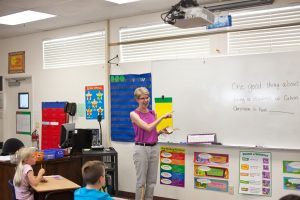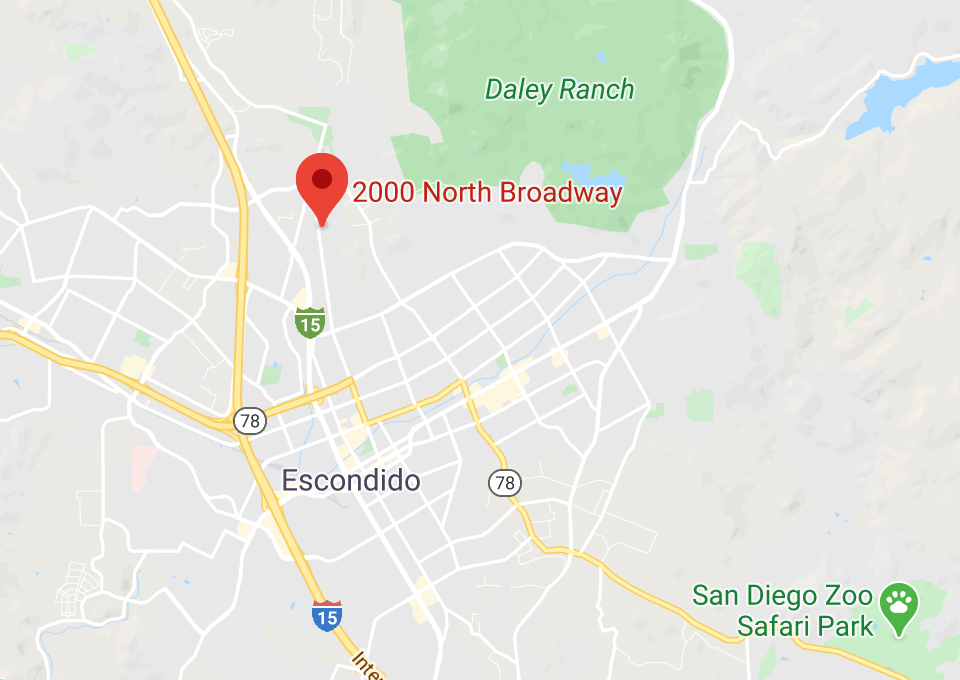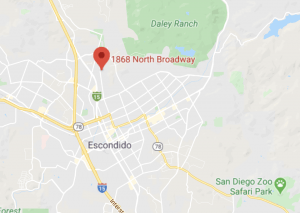There’s no getting around it: Over the summer months, our students can lose up to 60% of the math and reading skills that they learned during the year.
Summer Math Activities
Help students maintain their math skills and keep them thinking in numbers all summer long.
For Grades K–3:
Shopaholic: What can you buy for $5 at the corner store? From the ice cream truck? In a hardware store? At the beach?
Change it up: Start collecting change in a jar on the first day of summer. On the last day, estimate your change, count it, and plan a special purchase.
Summer patterns: Create patterns using summer items (popsicle sticks, shells, flowers). Or, draw patterns in the sand or dirt using a stick or your hands. See how long you can carry out your pattern — along the length of the sandbox, or across the grass.
Napkin fractions: Fold paper towels or napkins into large and small fractions, from one-half to 1/16. Use markers to label and decorate the different fractions.
Design hunt: Keep an eye out for shapes, patterns, and designs when you’re out and about. You never know what you’ll find in the architecture at the airport, the shopping mall, or even the grocery store.
100% delicious: Use ice cream to make fraction sundaes. Can you make an ice cream sundae that is one-half vanilla and one-half chocolate? What about one-third chocolate, one-third vanilla, and one-third strawberry? Can you cover a scoop of ice cream with one-quarter each nuts, sprinkles, cookie crumbs, and gummy bears? Or can you eat a bite of ice cream that is one-half chocolate, one-half vanilla? For older children, calculate the percentage of each ice cream flavor in the sundae.
For Grades 4–8:
Record-breakers: Use a stopwatch to time yourself running, roller blading, swimming, or biking. Then try to beat your time. Be sure to keep the distance you’re moving the same for each trial. Graph the results. (You may need a partner for this.)
Where will you be? Using a map, calculate where you will you be if you travel 20, 50, 100, or 1,000 miles from home.
How many ways? As you’re exploring your neighborhood during the summer, how many routes can you take to the school, the grocery store, the mall, or your friend’s house? The catch: No backtracking, and you must take a new route each time.
Let’s eat: Prepare a meal or dish for the family. Before you go to the supermarket, find a recipe, write what you need and how much. At the supermarket, choose the best-priced option.
Summer Reading Activities
These ideas will keep kids engaged in reading, writing, and thinking creatively even on the hottest days.
Water writer: Using a pail of water and a brush, have kids write words on the blacktop or sidewalk.
Sell summer: Tell kids: Try a new product or activity and write about it. How would you describe it? Would you recommend it? Create an advertisement to sell it to others.
Plan a trip: Have kids use the Internet, travel guidebooks, brochures, and maps to plan a dream day, weekend, week, or month-long trip.
Summer sleuth: Have kids follow a story in a newspaper during the summer, or investigate a local story (e.g., an upcoming fair). Tell kids: Write about the event as it unfolds so that you have it documented from start to finish.
Play it: Take an adventure book with a clear plot (The Phantom Tollbooth, Charlie and the Chocolate Factory, etc.) and invent a board game based on it.
Comic strip: Write a comic strip about a fictional character or yourself. See how long you can keep the strip going. Read classic comics for inspiration.

Summer Science Fun
Summer is the perfect time for children to explore their extracurricular interests, like science. Here are some activities that will have children hypothesizing all the way to September.
Map the weather: Keep a running log of the weather. Include temperature, humidity, clouds, precipitation, wind, air pressure. Can you predict what the weather will be tomorrow?
Invent a recipe for a summer drink and share it with your friends. For example, the Citrus Sizzler: 1/2 cup Sprite, 1/2 cup pineapple juice, 1 spritz lime juice.
Museum gallery: Collect pinecones, rocks, shells, or other natural objects to organize, categorize, and label. Present your own natural history museum.
Hot-weather inventor: Design an invention that you can use during summer. Some ideas: sunglasses that change color from red to yellow to blue, or a new beach toy.
Answer a question: How long does it take an ice cube to melt outside in the summer heat? In the refrigerator? In an air conditioned room?
Float or sink: In a pool or the bathtub, hypothesize which items (soap, dry sock, bottle of shampoo, rock, etc.) will float or sink. Test your hypotheses.
Great Books in the Movies
These movie releases of favorite children’s titles will keep you entertained all summer long:
The Hunger Games by Suzanne Collins: Enter into the post apocalyptic world of Panem, and watch as Katniss enters a fight-to-the-death in the Capitol’s Hunger Games.
The Harry Potter Series by J.K. Rowling: Pick your favorite title from the series or watch all seven years of Harry’s adventures as the Boy Who Lived.
Nancy Drew by Carolyn Keene: The ever-perky, resourceful young detective stumbles across a long-unsolved crime.
The Lightning Thief by Rick Riordan: Young Percy Jackson realizes his true roots and begins a quest to stop a war between the gods of Greek mythology.
The Lion, the Witch and the Wardrobe by C. S. Lewis: This live-action and computer-enhanced version takes the classic story to a new level.
Keeping Kids Motivated
Parent involvement during the summer months is crucial to student success. According to the National Education Association, “Parents who are actively involved in their children’s learning at home help their children become more successful learners in and out of school.” Encourage parents with a final newsletter full of activities that will stave off forgetfulness and even build skills over the summer.
- Set aside time each day to read. Track the books your child reads and reward him or her with a special activity or treat when he or she reaches certain milestones (for example, every 10th book).
- Do art projects based on favorite titles, such as drawing a favorite scene, or making paper bag puppets.
- Visit your local library. Many libraries have wonderful summer reading programs that reward children for the number of books they read.
- Make every day educational. Children learn problem-solving, math, science, and vocabulary as they help with groceries, laundry, and cooking.
- Create a summer scrapbook. Save postcards and movie tickets, record family stories or interesting events from each day, whether you’re going on vacation or just going to your neighborhood park.
Roadworthy Car Games
For kids on the bus or families on vacation, put those long rides to good use with activities that keep the kids busy and build reading and math skills.
For grades K–3:
Car bingo: Create a car bingo card with words, shapes, colors, and items that children will likely see during a trip (stop signs, billboards, railroad signs, etc.) to reinforce reading skills, math, and sight words.
The number game: Look out the window and call out when you see one, two, three, or four of something, and so on.
The alphabet game: One person chooses the right side of the road, and the other chooses the left. Call out objects that you see in alphabetical order (you can use a sign only for one letter). The first person to get to the letter “z” wins.
For grades 4–8:
Capital game: Take note of each license plate you see, not by state, but by state capital. The first to correctly identify 10 state capitals wins.
Cow game: One person takes the right side of the road, the other takes the left. Keep count of all the cows you see. You earn one point for each cow. When you see a cemetery out of your side of the car, you lose all your points.
Animals galore: Decide on a number of points for each animal that you see (cow = 1 point, horse = 1 point, pig = 2 points, etc.). As you drive, add up the points. Play until one person gets 10 points, or for a set time.
Math with license plates: Use the numbers on license plates to practice addition, subtraction, multiplication, and number patterns and see just how creative kids can get!
——-
We are sharing this great blog from Scholastic.com




